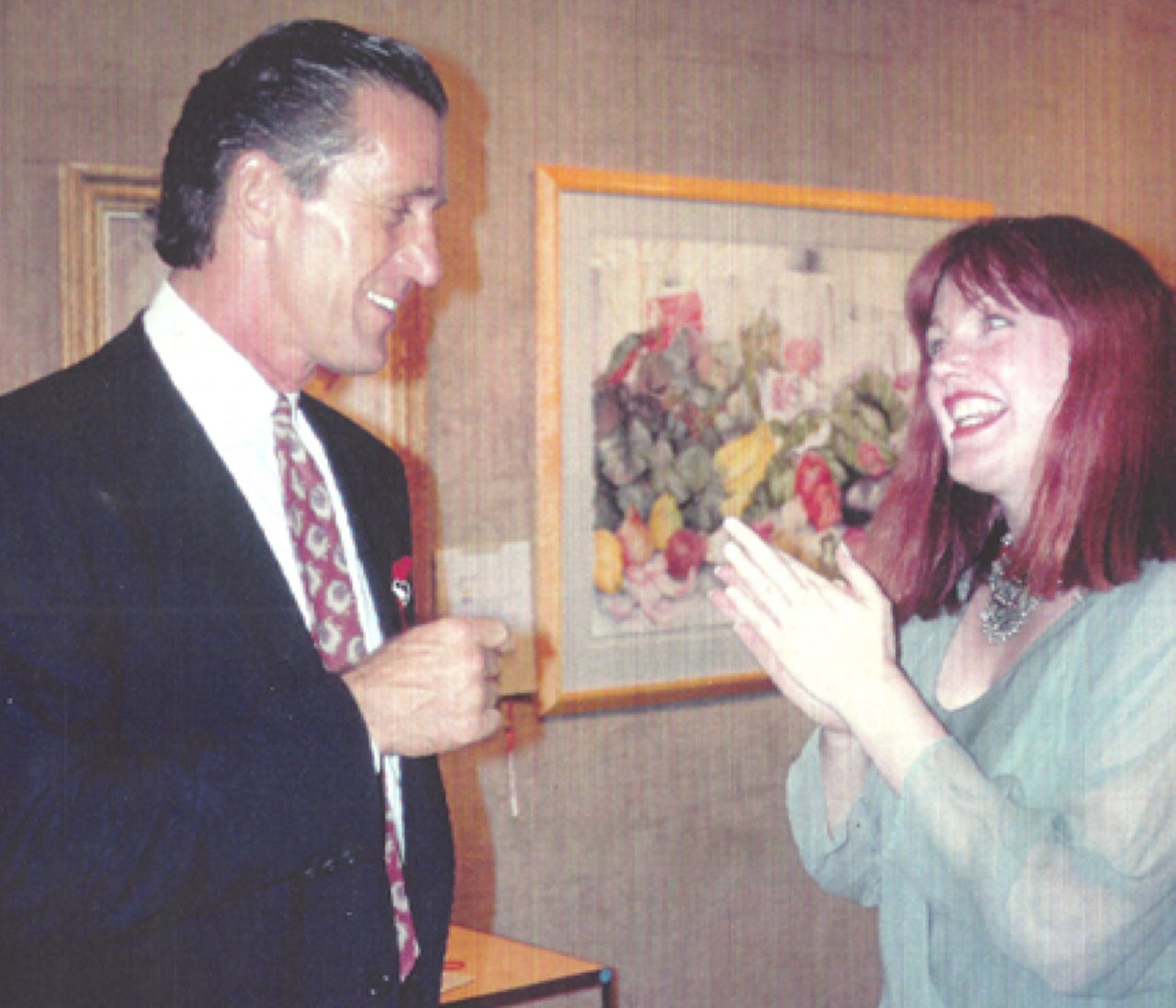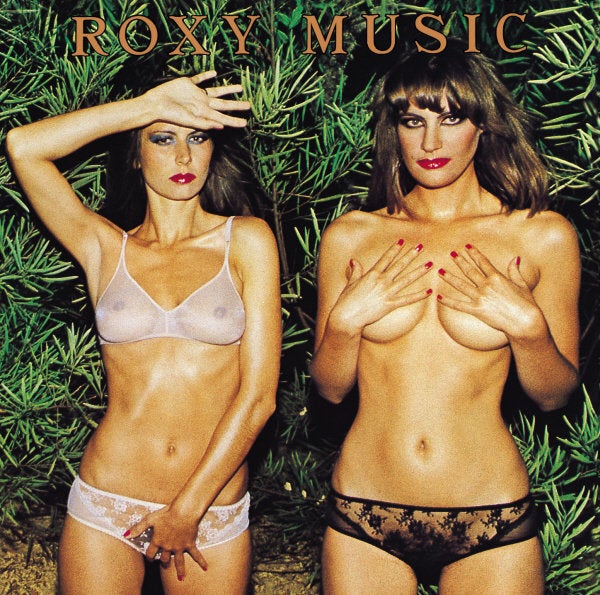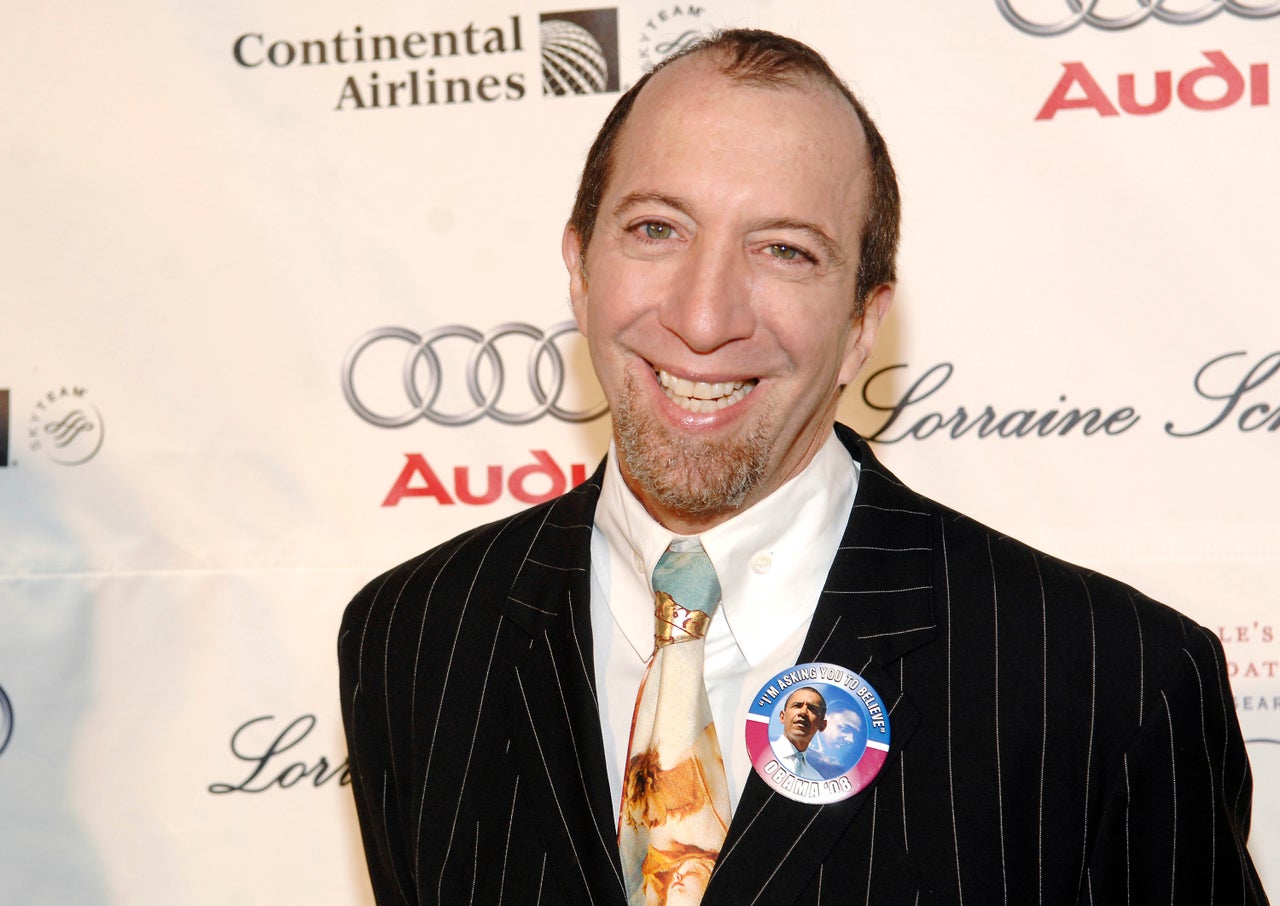Get ready for this: "Jock Jams," that high-energy, testosterone-fueled, bro-friendly series of sports-themed music compilations, turns 20 on Saturday.
On July 25, 1995, the first "Jock Jams" album -- trumpeting a promise of “the hottest crowd-pumping grooves of all time” on its cheerleader-centric cover -- was released and was an almost immediate hit. The record, which combined R&B and dance hits with arena-friendly anthems, went on to go platinum, an extraordinary feat for a music compilation even in the music industry’s healthier days.
The songs on “Jock Jams” were popular in professional sports arenas with good reason. Anthems like the Village People’s “YMCA” and Gary Glitter’s “Rock and Roll Part 2” engaged with fans and pulled them out of their seats, making them feel intrinsically connected to their team’s fate. These were the songs that soundtracked the communal joy that comes from being surrounded by your friends and fellow fans, cheering on your team as they (hopefully) kick ass on their way to a win.
But how the “Jock Jams” songs really embedded themselves into our collective brainwaves was the way in which they were used far away from the Michael Jordans and the Sammy Sosas of the time. For those who grew up in the ‘90s, the compilations were the soundtrack to tense dodgeball showdowns during grade-school gym classes, or to that first middle-school dance, or to that first time being introduced as part of the starting lineup of their high school’s basketball team. It’s the same reason why newlyweds might select 2 Unlimited’s “Get Ready For This” as the entrance song for their wedding reception or a club DJ today might throw a sample from Snap!’s “The Power” in the middle of a killer set. The songs instantly transport listeners to simpler, jubilant times -- and who wouldn’t want to go there?
With two decades now behind the birth of “Jock Jams,” it’s time to take a trip back to our halcyon days and learn how those triumphant CDs came to be.
The Origin Story:
A 'Very Simple, Very Obvious' Idea
The idea for "Jock Jams" -- and its older siblings, three volumes of "Jock Rock" -- initially came to Monica Lynch, then-president at Tommy Boy Records, a New York record label known for working with artists including De La Soul, Coolio, Afrika Bambaataa, Queen Latifah and RuPaul, when she was regularly taking in Knicks games at a mid-court box suite the label shared with an investment company at Madison Square Garden in the early 90s. It was an exciting time for the Knicks, with coach Pat Riley and center Patrick Ewing at the helm, and the team made it to the NBA Finals in 1994.
Lynch wondered if that excitement could translate to a compilation album in the vein of its successful "Party to Go" series with MTV.
“To tell you the truth it was just like one of those very simple, very obvious ideas,” Lynch told The Huffington Post. “I would hear the same music being played at the games, all these classic rock and R&B tracks with these organ bits in between, so I thought this stuff would probably be pretty easy to license."

Monica Lynch (right) with Knicks coach Pat Riley circa 1994.
Lynch, who is still working in music today, producing the soundtrack for HBO’s “Bessie” and working on the staff of New York radio station WFMU, then approached Ray Castoldi, Madison Square Garden’s resident music director since 1989, to ask if he’d be interested in contributing classic organ bits to the CD. Castoldi immediately jumped onboard.
“It’s an idea that had been going around in my head,” Castoldi told HuffPost. “We have all these songs we play at the games from a wide variety of genres but they all seem to work together in the context of making people crazy at sporting events. Why don’t we put them all in one place?”
But Was America Ready To Rumble?
The key to the series’ success was Tommy Boy Records striking up a partnership with ESPN to help brand and promote the albums via television ads much like MTV had with the label’s "Party to Go" series. This was new ground for both parties -- ESPN had not been in the music business before and the label had never specifically targeted sports fans -- but ESPN was also interested, if not 100 percent confident it’d be a hit.
According to Sharyn Taymor, then-director of enterprises at ESPN, the cable channel was just beginning to branch out into new categories, considering a magazine, Internet presence, video games and radio, among other ideas. But all of those avenues felt more natural than a music compilation series.
“It sounded like a cool idea but we were a little skeptical,” Taymor said. Taymor wasn’t the only one with doubts.
“I thought it was the worst idea,” Steve Knutson, then-director of sales at Tommy Boy, told HuffPost. “I thought it was really stupid. Why would anyone do this, especially a hip-hop label?”
But the team moved forward, releasing its first "Jock Rock" album in 1994, and selling 500,000 copies, followed by a sequel in 1995. Concurrently, the team was selecting and mixing tracks for the first volume of "Jock Jams" that ranged from stadium classics like “Rock and Roll Part 2” to newer songs that were hits by sound if not by name, like 2 Unlimited’s “Twilight Zone” or Technotronic’s “Pump Up the Jam.” Without Shazam, Spotify or YouTube around at the time, it was much harder to find such tracks.
The Anatomy Of A 'Jock Jam'
Many of the songs were already hits -- some more than others -- but shared some key qualities qualifying them as a “jock jam." Castoldi helped the Tommy Boy team choose songs that audiences at the Garden for Knicks or Rangers NHL games were responding to.
“It’s got to have a really clear, engaging beat and a certain tempo range that will be a sweet spot -- not too fast, not too slow,” Castoldi said. “These songs are being played back in a big reverb chamber, a sports arena with crowd noise and sound echoing around, so the song can’t be too busy or have too many components because it has to engage the fans. If the song has a part to chant along to or do certain dance moves to, it’s going to have an extra edge.”
Other contributors to the music that landed on "Jock Jams" were surprised to learn their work was being presented in that context.
“I’d never thought that those songs would be played in sporting events or things like that,” Martha Wash, the Grammy-nominated vocalist of Weather Girls and Sylvester fame who sang on two tracks, Black Box’s “Strike It Up” and C+C Music Factory’s “Gonna Make You Sweat," featured on volume one, told HuffPost. “When I heard it the first time I said, ‘What? Really? Wow, OK.’ That never, ever crossed my mind.”
There was some pushback from ESPN over content that could be deemed as offensive to the network’s audience, Taymor admitted. Today Taymor works as a consultant in cancer survivorship.
Some tracks Tommy Boy pushed for inclusion on "Jock Jams" albums didn’t make the final cut and some songs required tweaks to get ESPN’s approval.
“I was pretty paranoid about it because ESPN was sort of a clean network and the music business wasn’t always like that,” Taymor said. “We had to do a little bit of editing and would always be looking over what they were doing, making sure the final edits were exactly what we agreed upon. But at the end of the day, we’d figure it out and compromise.”
Let's Talk About Those Covers
When it came to packaging the CD, close attention was paid to a cover design that would be eye-catching, but still family-friendly. They landed on a logo using a font recalling the chenille lettering of a varsity jacket and a bright color palate that was heavy on orange and red.
Their inspiration for the cheerleading squads featured prominently on both the CD jacket and television spot came from a somewhat unusual place: Both Lynch and Knutson of Tommy Boy were big fans of Roxy Music, a British glam rock band known for provocative album covers that typically featured scantily-clad women.
“I always kind of look at us as the TV version of the Roxy Music girls covers, for middle America,” Knutson, who went on to found Audika Records, the Portland, Oregon-based label that’s home to the estate of the late composer and musician Arthur Russell, said. “I think we were not far from that idea.”

Roxy Music's "Country Life" album cover.
How Successful Were Those CDs Anyway?
It's Unbelievable
According to Tom Silverman, founder and CEO of Tommy Boy, the "Jock Jams" albums were -- at their peak -- providing about 30 percent of the label’s income. Since compilations avoid many of the costs of signing, developing, recording and launching a new artist’s release, a larger chunk of that income was profits.
“It was great, we were selling records to jocks, sports enthusiasts who no one had really targeted before,” Silverman told The Huffington Post. “Kids would buy these things and play them before their own games as psych-up records. It was a different way to use music and people hadn’t thought about music like that. The concept was that this would get you going. It was the Red Bull of music.”
Lynch of Tommy Boy said, they were picking up sales not just from traditional “jocks,” though. The CDs appealed to women who wanted something to listen to on a Discman while working out and provided a tailormade soundtrack for an exercise class.
Once the first volume of "Jock Jams" had sold 100,000 copies, work on the second volume, released in 1996, began. That CD went on to be an even bigger success than the debut, cracking the top 10 of the Billboard chart for the series’ first and only time, thanks in no small part of the inclusion of the year’s best-selling single, “Macarena."
The second volume introduced cheerleader chants between the songs -- like “action, boys, action!” -- and matched the design of the inaugural edition, creating a visual consistency that was carried through all the volumes, reinforcing the brand.
The next volumes that followed between the years 1997 and 1999 did not match the second volume’s numbers, but were still deemed a success by the label. A "Jock Jams" "megamix" mashing up some of the series’ most recognizable hits also climbed the charts. All told, the series sold more than 4 million copies.
So, What Happened?
But by the time an “all-star” "Jock Jams" was released in 2001, the industry was in tumult. Napster had arrived, popularizing file-sharing in a way that allowed music fans to easily create their own mix CDs — for free. In addition, according to Silverman, who remains at Tommy Boy and also founded the annual New Music Seminar in New York, said the major labels associated with the "Now That’s What I Call Music!" franchise agreed to only license their music to "Now" compilations, which made the licensing for new "Jock Jams" albums next to impossible.
“It really pissed me off,” Silverman told HuffPost. “To me, it felt like an anti-trust thing. How can four labels make a decision to do that?”
The canon of sports anthems was slow to adopt new entries, which also made it more challenging to fill the later "Jock Jams" albums with recognizable songs, Silverman added.
Still, many of the songs from the compilations are nearly as popular today as they were 20 years ago, being played not only at sports events, but also turning up at wedding receptions, bar mitzvahs and school dances.

Tom Silverman attends the 2008 Gabrielle's Angel Foundation For Cancer Research Gala at Cipriani Wall Street in New York City.
Hip Hop Hooray: The Legacy Lives On
Castoldi points to recent chart-toppers from the likes of Fall Out Boy, LMFAO and Avicii today as borrowing heavily from the potent micro-genre he helped define.
That the series is still have an influence today is a testament, Castoldi believes, to the songs capturing the spirit of a unique time in music, sports and entertainment history. Castoldi continues to serve as Madison Square Garden’s music director today, and has also directed music for Winter Olympic hockey games and a number of Pro Bowls and NHL All-Star Games.
“It felt like we were doing a New York thing at the beginning. Things were really exciting right here, so let’s document the musical choices we were making,” Castoldi said. “Then to find out that it was a hit all across the country, it was a very special time.”
Silverman agreed. “'Jock Jams' was more than a compilation," Silverman said. "It was trying to capture a state of mind and it did that successfully. The essence of the spirit of baseball that happens between the home runs and strikeouts. It’s a very powerful thing when used the right way.”
Still, we had to wonder, with all things ‘90s becoming new again, could a "Jock Jams" reboot be in the works? It’s doubtful.
“'Jock Jams' occupied a certain magical moment in music history and I wouldn’t want to besmirch its golden, or platinum, reputation by trying to reboot it,” Lynch said. “We had a really good run. So there’s no anger for me. It’s just not a Jock Jams emotion to have.”
We asked the people behind "Jock Jams" to name their favorite tracks on the compilations, these were many of their picks:
Animation by Evan Lockhart.
